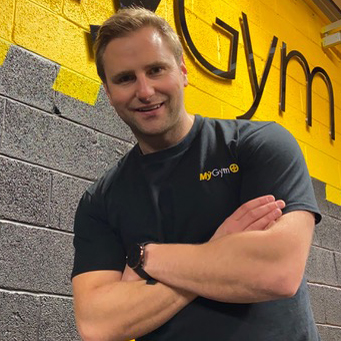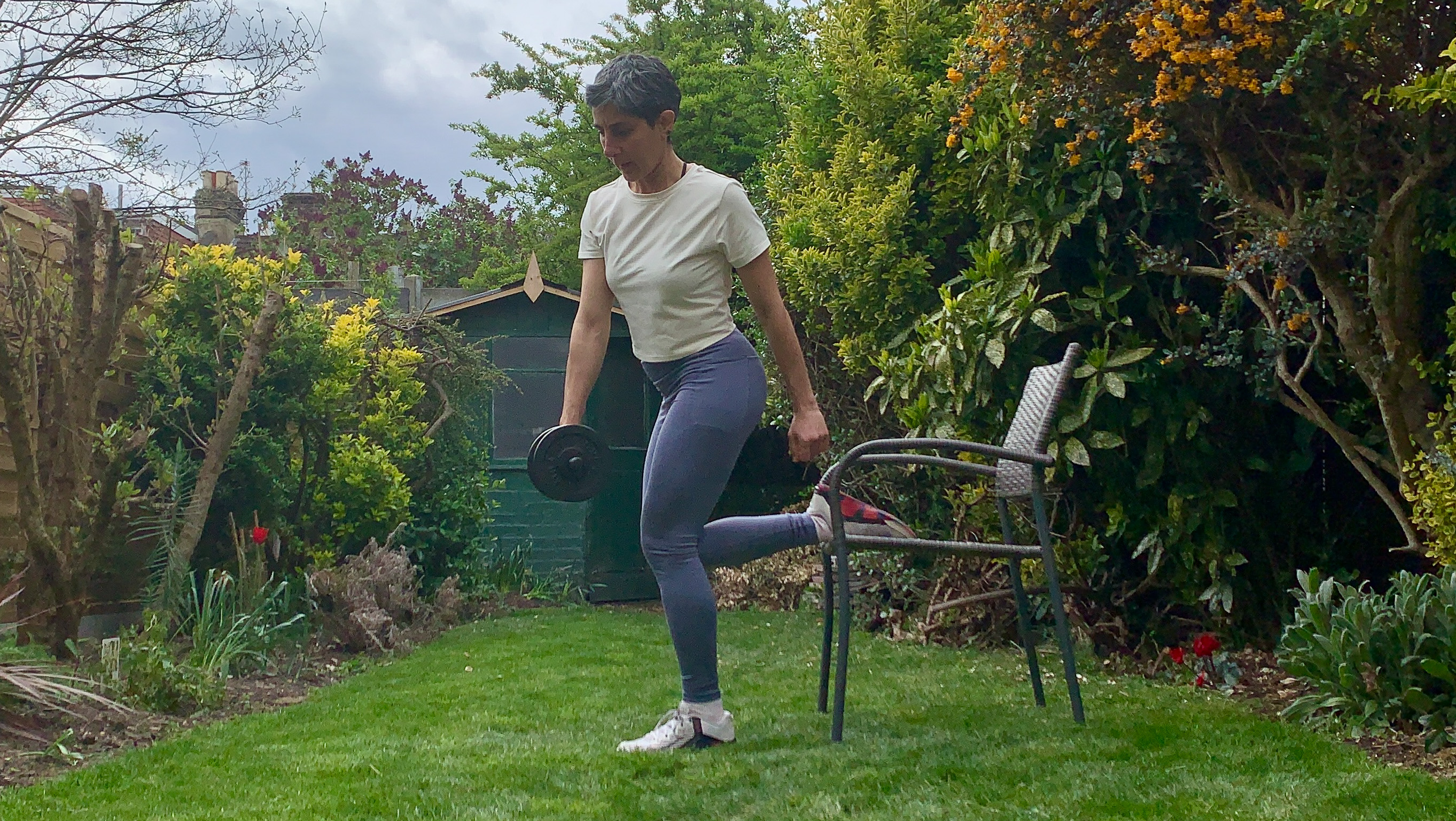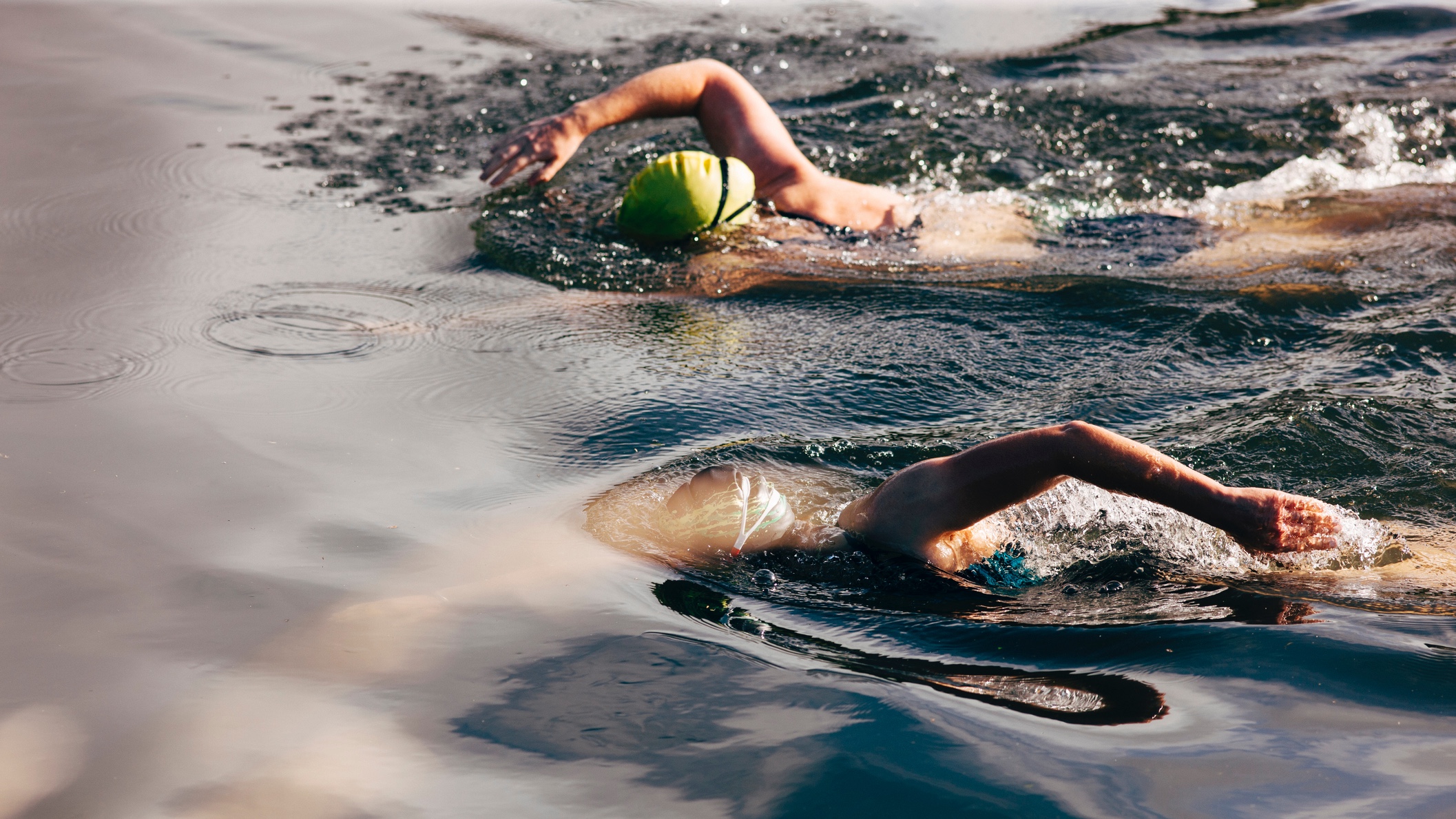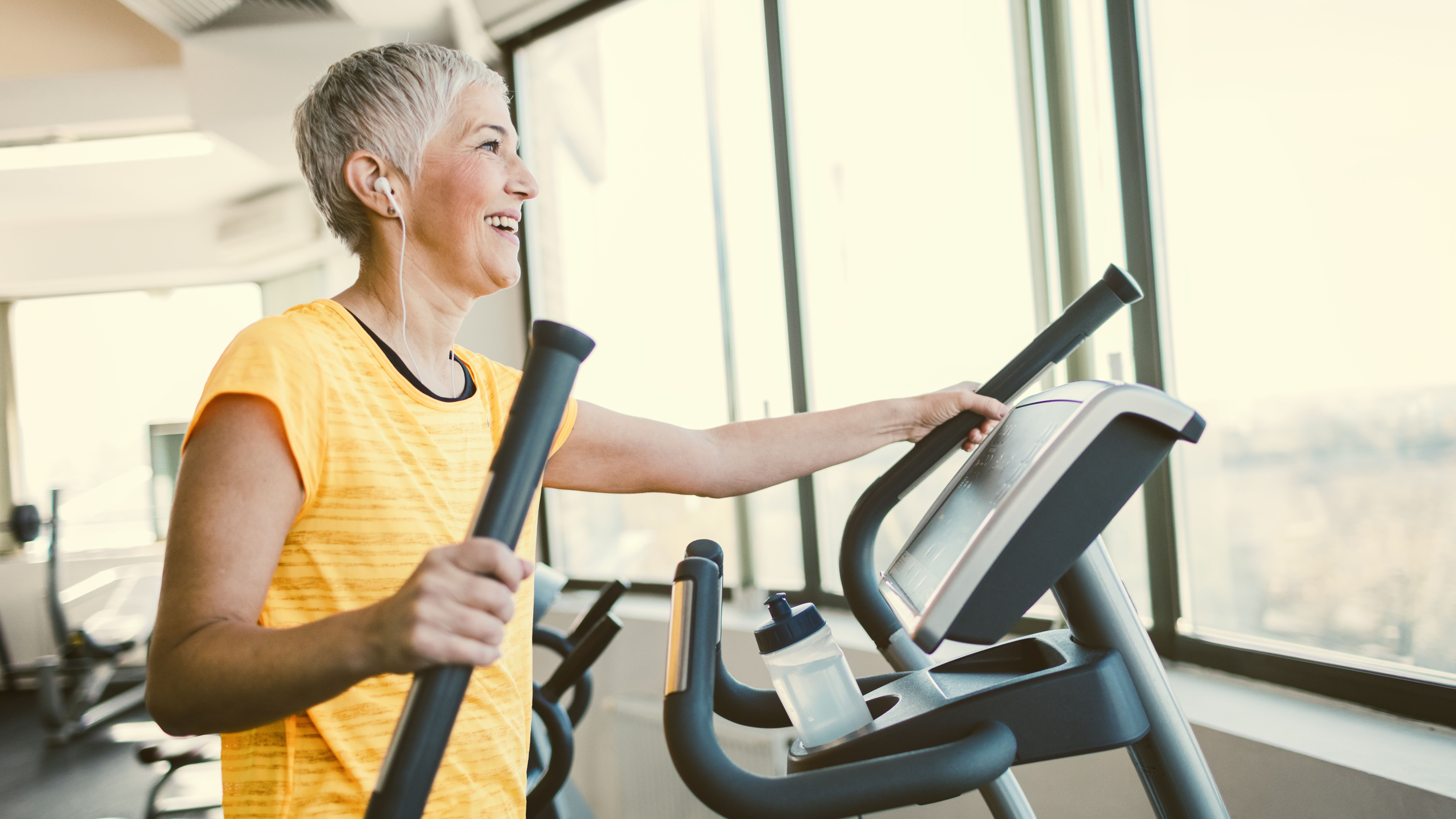Cross training vs CrossFit: What are the key differences?
What are the key differences between cross training vs CrossFit and which approach will best suit your fitness goals?


Despite the similarities in names, there are significant differences between cross training vs CrossFit. In this article, we’ll dig into the details and leave you with a clear understanding of the two different terms – and offer help in deciding which one is best for you.
Understanding the differences will enable you to make better training equipment choices, such as identifying the best cross training shoes, which will help you perform to your best in the gym.
What is cross training?
Cross training is an approach to athletic development that includes training in multiple disciplines away from the athlete’s “main” sport. Take a runner for example: running is their main sport, but they may lift weights, go cycling and swim to help aspects of their running – this is cross training. There are benefits to their running that come from mixing the different training methods, such as reducing injury risk and improving strength or power. The important point is that they’re all aimed at one outcome.
What is CrossFit?
CrossFit is an entirely different thing. It has evolved from a training methodology into a competitive sport, with the CrossFit games awarding titles of the fittest man and woman in the world each year. CrossFit is a mixed-modality training and lifestyle approach, designed to challenge all aspects of a person’s fitness. This includes stamina, strength, power, strength endurance, metabolic conditioning etc.
CrossFit workouts are typically characterized by high-intensity training achieved by mixing multiple different exercises and sometimes different sports. The essence of CrossFit is keeping things broad and random to challenge all aspects of fitness.
What are the differences between CrossFit and cross training?

CrossFit is a brand, whereas cross training is a concept. Cross training is performed to help a single sport and is usually performed to help a person get better at a particular task. The different types of exercise performed in cross training will be done to improve a narrow focus of physical abilities.
In CrossFit, the workouts are randomized. This is to help people develop a “360 degree” version of fitness, rather than specialize in one area. In each session a CrossFit athlete may work on strength, power, speed, endurance, mobility (or all of them) with a view to being an elite generalist.
Get the Fit&Well Newsletter
Start your week with achievable workout ideas, health tips and wellbeing advice in your inbox.
Cross training can be done anywhere. A person following a cross-training approach will train anywhere – commercial gym, outdoors, in a pool. They’re following a concept of mixing training modalities to achieve a particular goal. The location isn’t as important.
CrossFit is usually performed in a dedicated space. Thanks to affiliation and licensing agreements, to officially be programming CrossFit workouts you must be a qualified coach or working from an affiliated “box” as they’re commonly known. While you could perform the workouts anywhere, only a true CrossFit affiliate can claim to be offering CrossFit programming.

Cross training is better for cardio-focused sports and goals. Although CrossFit covers all fitness bases, there’s a heavy emphasis on strength movements and weight-training exercises. While some strength training helps with cardio goals, CrossFit in its general form won’t be as effective as a cardio-focused cross training program.
CrossFit tends to be more varied than cross training. In CrossFit programming you’ll be exposed to Olympic weightlifting movements, calisthenics, dumbbell work, kettlebells, cycling, rowing and more. Cross training tends to be more narrowly focussed on the goal. For example, you’re unlikely to find a cyclist performing clean and jerks, or muscle ups. They’ll stick to exercises that more closely follow their fitness goals.
The people who tend to do cross training are general population exercisers: the ones who are looking for a basic general exercise routine, rather than something more high performance. In CrossFit you’ll learn more-advanced exercise techniques, though that doesn’t appeal to some.
When you go to a CrossFit box you’ll usually be coached in a group setting. This is especially important in the beginning because you’ll be learning new types of lifting technique, such as weightlifting movements. This is helpful if you’re new to fitness and want to learn to lift properly.
Does CrossFit count as cross training?
This is up for debate. In the strictest sense, yes. It’s using a variety of training approaches to achieve a goal – in the case of CrossFitters, that goal is usually general fitness.
If you’re going to be more nuanced, then no it doesn’t. Cross training is using a variety of training methods to achieve a more focused and narrow goal such as “run a 5k faster”. You wouldn’t use CrossFit training to achieve such a specific goal because of the random nature of the workouts.
Cross training vs CrossFit – which is best for you?

If you want to achieve a solid level of general health and fitness, either approach would work. If you want to learn more advanced fitness techniques, CrossFit is a better approach because you’ll be coached from the start. It’s also a more intense workout regimen, so you’ll develop a high level of fitness quickly. You will have to join a CrossFit box though and it’ll likely cost you more money than a regular gym.
If you’re not bothered about achieving a high level of fitness, or your goals are more cardio- than strength-based, cross training is an effective way to train. You can do it anywhere and pick exercise methods that will help you achieve your aims. You won’t have the coaching, but it can be done anywhere and you can design your own workouts.
Steve Hoyles is a personal trainer, weightlifting coach and gym owner based in the UK. Across his two decades in fitness he has helped thousands of people improve their health and fitness without the need for fad diets and crazy training plans. He believes health and fitness should be a series of simple endeavours… lift, move, eat and sleep well. He has written about health and fitness for over a decade, including for Men’s Health, Men’s Fitness, BBC, Catalyst Athletics and hundreds of fitness websites as clients. He’s usually found at his gym, behind his laptop or being a dad to his two sons!
You can follow more of his fitness approach by following him on Instagram.
-
 I swapped my usual core routine for this dumbbell workout—here’s why you should try it too
I swapped my usual core routine for this dumbbell workout—here’s why you should try it tooPick up some dumbbells and try my favorite deep core exercises
By Yanar Alkayat
-
 You don't need any equipment to improve your posture—just these three back-strengthening moves
You don't need any equipment to improve your posture—just these three back-strengthening movesThese three exercises will strengthen key back muscles
By Jennifer Rizzuto
-
 What’s the best open water swimming technique?
What’s the best open water swimming technique?Fitness Perfect your open water swimming technique and you'll be able to explore your local lakes and pools with confidence
By Maddy Biddulph
-
 The best trekking poles 2025
The best trekking poles 2025Buying guide Protect your knees and increase stability with the best trekking poles
By Harry Bullmore
-
 Fitbit Versa 3 vs Versa 4: here's the one I recommend buying
Fitbit Versa 3 vs Versa 4: here's the one I recommend buyingVersus There's little difference between these models, but the Versa 3 is much cheaper
By Lloyd Coombes
-
 Best elliptical machines for home workouts
Best elliptical machines for home workoutsBuying guide Need a low-impact workout that’s easy on the knees? Try one of the best elliptical machines
By Sam Hopes
-
 Best foam rollers for soothing sore muscles
Best foam rollers for soothing sore musclesBuying Guide Ease post-workout pain with our pick of the best foam rollers
By Harry Bullmore
-
 The JAXJOX DumbbellConnects have changed my home workouts forever
The JAXJOX DumbbellConnects have changed my home workouts foreverIf you want to start strength training at home, the JAXJOX DumbbellConnect adjustable dumbbells are the ultimate home workout tool
By Harry Bullmore
-
 How to go walking with weights to build muscle
How to go walking with weights to build muscleFitness Try working out outside and go walking with weights for some serious health benefits
By Harry Bullmore
-
 Does hiking build muscle?
Does hiking build muscle?Fitness Does hiking build muscle? Here’s how this outdoor activity affects your strength
By Lily Canter